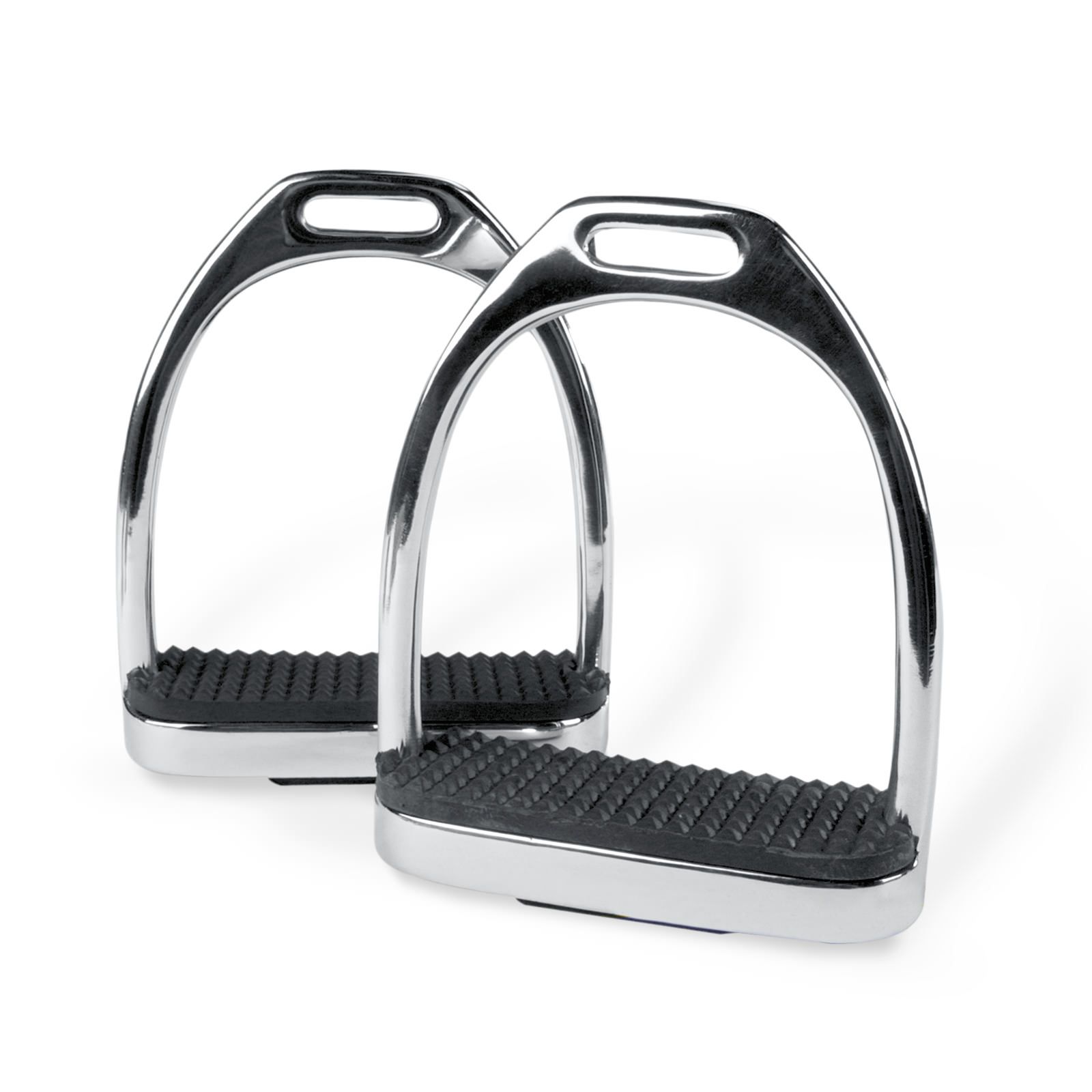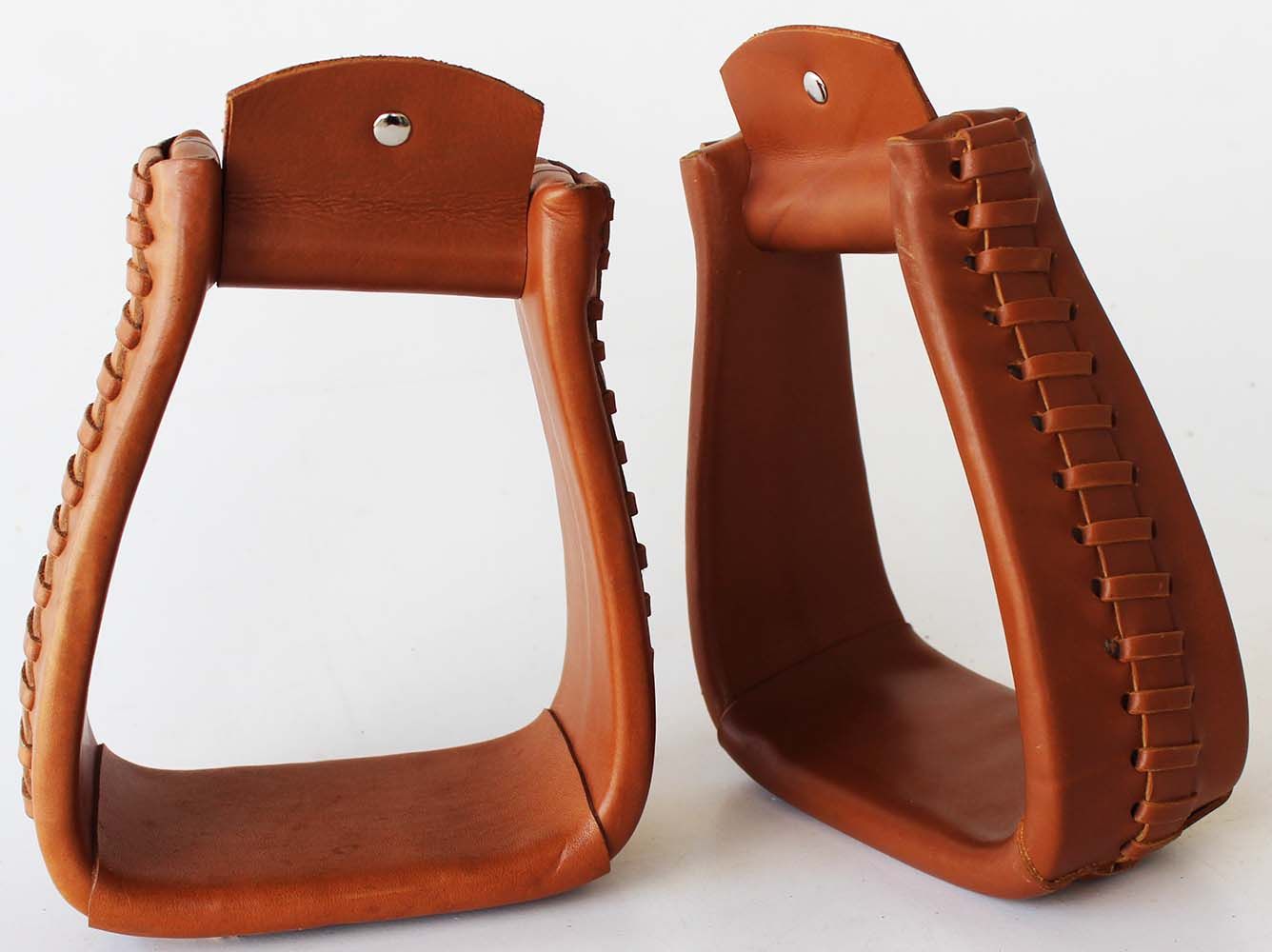The Saddle
-
It was generally thought that the use of stirrups on saddles dates to about 800 AD. The introduction of the stirrup changed everything, giving the rider stability and security when mounted. It enabled him to wield heavier, awkward weapons without losing his balance.
Aside - any time you see movie of Rome, etc, and the saddles have stirrups, it's historically wrong.
A recent find in Mongolia suggests that stirrups were introduced even earlier than thought - about 400 AD. Considering the westward march of the ancient Mongolians, this could have been a serious advantage in warfare.
https://scitechdaily.com/discovery-of-ancient-mongolian-saddle-rewrites-the-history-of-horse-riding/
Now, in a new study, researchers from Mongolia collaborating with University of Colorado Boulder archaeologist William Taylor have described the find. The team’s radiocarbon dating pins the artifact to roughly the 4th Century C.E., making it one of the earliest known frame saddles in the world.
The team later excavated the Urd Ulaan Uneet cave and unearthed the mummified remains of a horse, which the group partially described in a 2018 paper.
The saddle itself was made from about six pieces of birch wood held together with wooden nails. It bears traces of red paint with black trim and includes two leather straps that likely once supported stirrups. (The researchers also reported an iron stirrup recently discovered from around the same time period in eastern Mongolia).
The group couldn’t definitively trace back where those materials came from. Birch trees, however, grow commonly in the Mongolian Altai, suggesting that locals had crafted the saddle themselves, not traded for it.
Taylor explained that humans had used pads, a form of proto-saddle, to keep their rear ends comfortable on horseback since the earliest days of mounted riding. Rigid wooden saddles, which were much sturdier, paired with stirrups opened a new range of things that people could do with horses.
A story, probably apocryphal, is that Ghengis Khan had his cavalry's saddles fitted with spikes in the seat, so that his soldiers would not sit during their ride, but stand on the stirrups. I imagine the weight distribution might be different, and perhaps easier on the horse if the rider stands. But, it's an interesting theory.
-
Very cool story @George-K . Are the stirrups different for "Western" riders and "English" riders?
-
Very cool story @George-K . Are the stirrups different for "Western" riders and "English" riders?
@taiwan_girl said in The Saddle:
Are the stirrups different for "Western" riders and "English" riders?
YEs, they are. The Western stirrup is usually made of leather with a wide footpiece. Some, however, do have metal parts and some with wood.
English stirrups are all metal, with a rubber insert which helps keep your boot in place.
In practice, I never noticed a real difference for the type of riding I did.
However, the Western stirrup can have a closed portion to it, to prevent shrubbery, etc from getting tangled within it.

